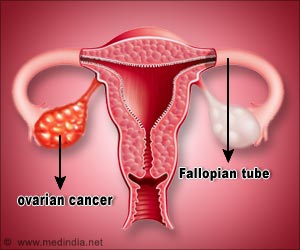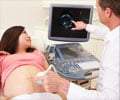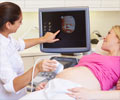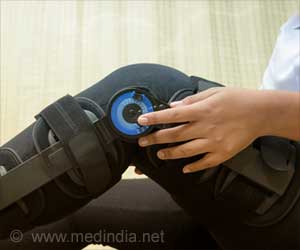New innovative technology developed gives radiation oncologists a clearer and more accurate picture to treat women with gynecological cancer, including vaginal, cervical and uterine cancer.

TOP INSIGHT
By transforming a conventional ultrasound probe, the innovative technology developed can provide a 360-degree, 3D view of surgical tools and surrounding tissue and organs to give a more accurate picture in the operating room for clinicians who need to precisely insert needles for the treatment of gynecological cancers.
Read More..
"The problem with the procedure the way it is now is that doctors don't have a great way of seeing where those needles are going while they are placing them," said Jessica Rodgers, a Ph.D., Candidate at Western's Schulich School of Medicine & Dentistry and lead author on a feasibility study of the technology. "If they can't place the needles precisely, they may not be placed optimally for giving treatment and may be impinging on organs that are nearby that you don't want to over irradiate."
The study's principal investigator, Aaron Fenster, Ph.D., is a professor at Schulich Medicine & Dentistry and a Scientist at Robarts Research Institute who has been developing 3D ultrasound technology for over three decades. He says this technology has potential to be practice-changing.
"The short term goal is to reduce complication rates - ensure that the needles don't go into the bladder, or the rectum, which creates complications, and in addition, something we are hypothesizing, is if the needles are placed correctly they will provide an improved dose pattern distribution to the tumor and surrounding tissue," he said.
Before the introduction of this technology, clinicians would use pre-operative imaging to place the needles using 'feel' while a patient is under anesthesia. They would then check the needle placement afterward with CT once the patient is awake. In partnership with Lawson Health Research Institute, the new technology was tested by radiation oncologists on six patients at London Health Sciences Centre (LHSC), with very promising results.
Dr. David D'Souza, also an LHSC radiation oncologist who tested the technology says it is like having a backup camera on your car.
One of the other benefits of using ultrasound technology is the accessibility and wide application globally in places where resources are more scarce.
"Access to high-end imaging systems like CT and MRI to diagnose and treat diseases is difficult in some places in the world. So for that reason, we've been focusing on ultrasound which is widely available everywhere in the world and can be used for a variety of applications," said Fenster.
Source-Eurekalert
 MEDINDIA
MEDINDIA




 Email
Email










